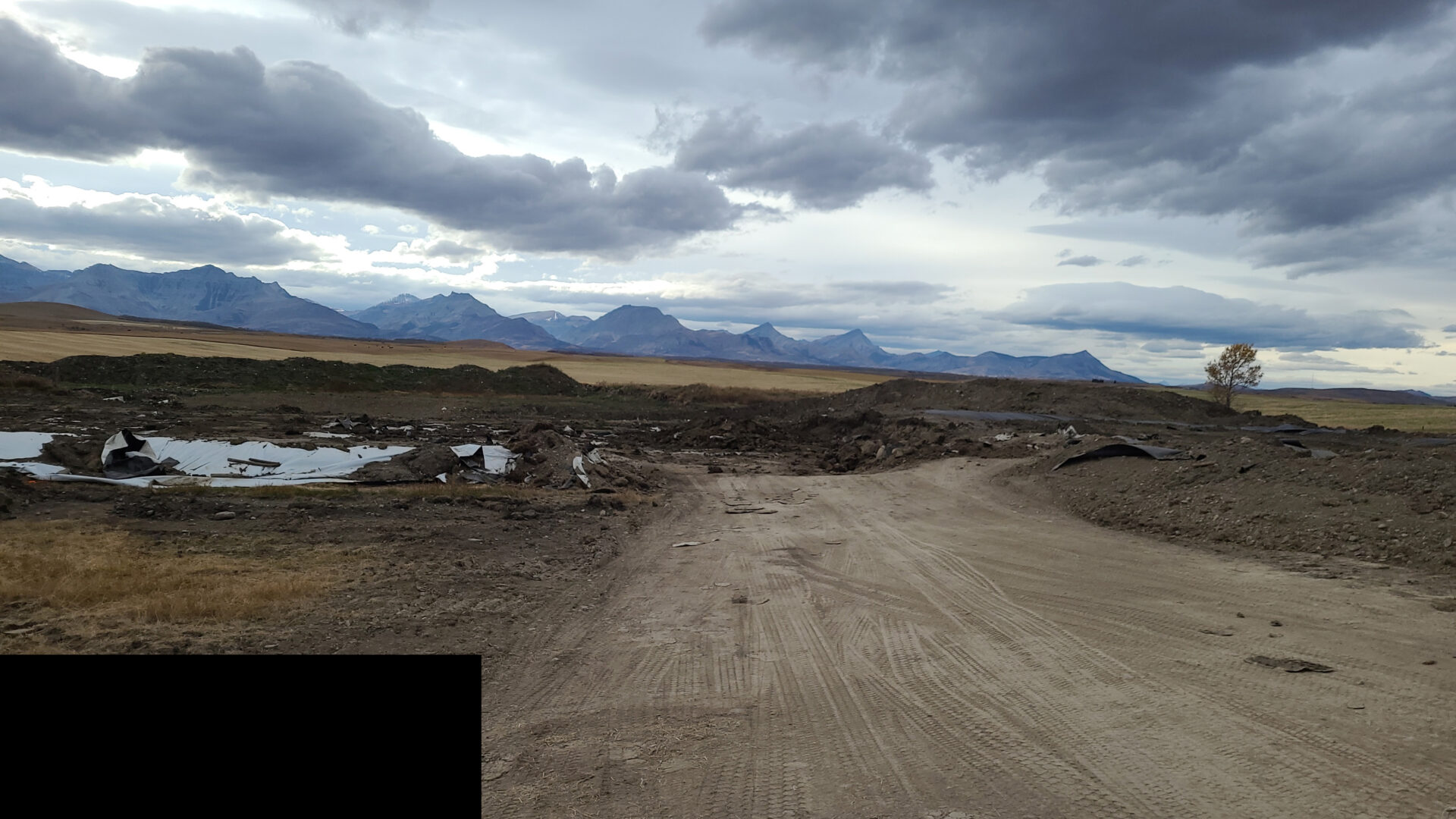The Alberta Oil and Gas industry is facing a triple threat.
No, we are not talking about the famous actor, dancer and singer Patrick Swayze (who just happens to be 360’s beloved role model). What we’re facing even the legendary Johnny Castle himself can’t dance around. This threat is a combination of changes in regulations resulting in increased oversight, heightened pressure from both banks and investors regarding closure spending, and stringent metrics placed on social responsibility. Taken together, these factors are creating demands that industry must adapt to address, even though they do not always necessarily align with each other.
The Alberta Energy Regulator (AER) has recently introduced the Licensee Life-Cycle Management Directive (draft), a component of the Liability Management Framework, which incorporates a holistic assessment of a licensee and their ability to manage assets through development, operations, and retirement. Included are closure quotas where the AER mandates annual targets that a licensee must either spend on closure work or provide a security deposit in the prescribed amount by January 30th of the year of the applicable spend. The mandatory spends have been announced for 2022 based on Licensee Capability Assessment (LCA) factors which include financial health, magnitude of active and inactive liability, lifespan of resources and infrastructure, rate of closure spending and pace of inactive liability growth, and compliance with operational and administrative AER requirements. This may only require modest increases in oversight and reporting for certain companies while for others it may induce a significant change to operations and capital allocations.
The second matter is that of banks assessing recoverable value within industry and adding covenants such as minimum Licensee Liability Rating (LLR) ratios, annual closure spends levels and heightened requirements for standardization and transparency of Asset Retirement Obligation (ARO) calculations. These measures and additional scrutiny on ARO evaluations may impact availability of credit facilities, particularly reserve-based, and result in substantial financial adjustments in merger and acquisition valuations.
Lastly, we have witnessed Global Oil and Gas become synonymous with climate change in the eyes of sustainable investors over the past few years. In May 2021, this pressure manifested in institutional investors causing shareholder rebellions and pressuring energy giants such as ExxonMobil, Royal Dutch Shell, and Chevron for faster progress with greener strategies. The compounding effects on lending practices and regulatory requirements have triggered Canadian oil and gas companies (willingly or not) to elevate their climate scorecard. Whether it is an ESG score, net zero emission forecasts or an inactive well count target, investors have challenged industry to provide long term business plans supporting a more sustainable future. As investors align portfolios with their principles, there is a strong focus on this ESG commitment and Oil and Gas must respond to retain access to this capital.
What’s that you say? Nobody puts Baby in a corner. Damn straight! Despite these threats to industry, it is evident that environmental responsibility and liability management have become permanent priorities and will continue to shape the landscape. As they say, money talks, and we are all ears as we push for continued improvement and prosperity for Canadian Energy.
Best,
Janet Waddell

























































